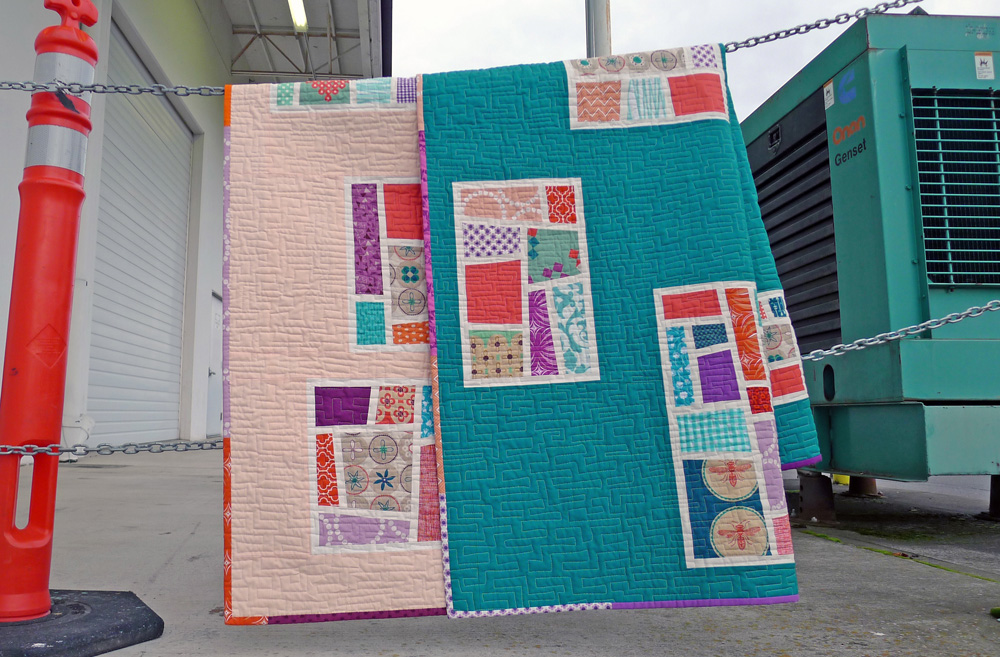

Not to worry, this is a good thing! It helps keep the interface in the correct place as you build the top, and is easy to peel away once the top is complete.ġ1. As you go along, you may also find that some of the fusible web has actually gone through the interfacing and fused to the gridded paper. Be careful as you fuse near the edges not to melt the scotch tape that is holding the interfacing down. This also helps keep "heat shine" from happening to the fabric. I use a piece of muslin between the iron and the square to avoid getting any melted webbing on the iron. After placing a few pieces in place (or even just one) and ensuring that they look ok, fuse it in place per the instructions. Each square fits in a grid corner and slightly overlaps the 2 adjoining squares.ġ0. Peel backing from the squares (a tweezers really helps) and press into place. Starting from any corner, work in a diagonal to fill the gridded space.ĩ. Note: You may prefer to fuse a sheet of webbing to a section of fabric before you cut it into strips. Fuse webbing to the backs of the fabric strips. Cutting on the bias will minimize raveling and stray threads.Ħ. Cut strips of appropriate fabrics the same size as the fusible strips x width of fusible webbing. So, for example, if your grid had 1" squares, your strips will be 1 1/8".ĥ. Cut strips of light-weight (e.g., Steam-a-Seam II Lite) fusible webbing 1/8" bigger than the drawn grid squares. Cut light-weight non-fusibleinterfacing a little bigger than the gridded paper. This will help you later when you are trying to find what square is "R12C11" on the enlarged grid.ģ.

Then, on each side and top and bottom, mark off all of the rows and columns the same way they are marked on the transparency. Make sure that you leave enough extra room all around so that the binding will not cover any important part of the pattern. Draw a grid of 1" squares (or the appropriate scalable size) on a large sheet of paper to the size of the finished quilt top. This allowed me to isolate a single square on the original so that I could truly see the colors and shapes contained therein.Ģ. I also made a small "porthole" by cutting a square (the same size as the squares in the transparent grid) in a piece of paper which was about 3" square. Tape the transparent grid in place over your original. The original photo or print of art work does not need to be the same (full) size as the template. Use the appropriate template for the piece you are doing. You can get 3 different sizes (scales) of transparent grids from Pat's web site. The tips found here are all based on my reading and use of the excellent how-to book: "Mosaic Picture Quilts", by Pat Durbin and what I learned as I made my own mosaic quilt. Before doing yours, you should probably refer to the book and my post Sunflower Mosaic.ġ.


 0 kommentar(er)
0 kommentar(er)
